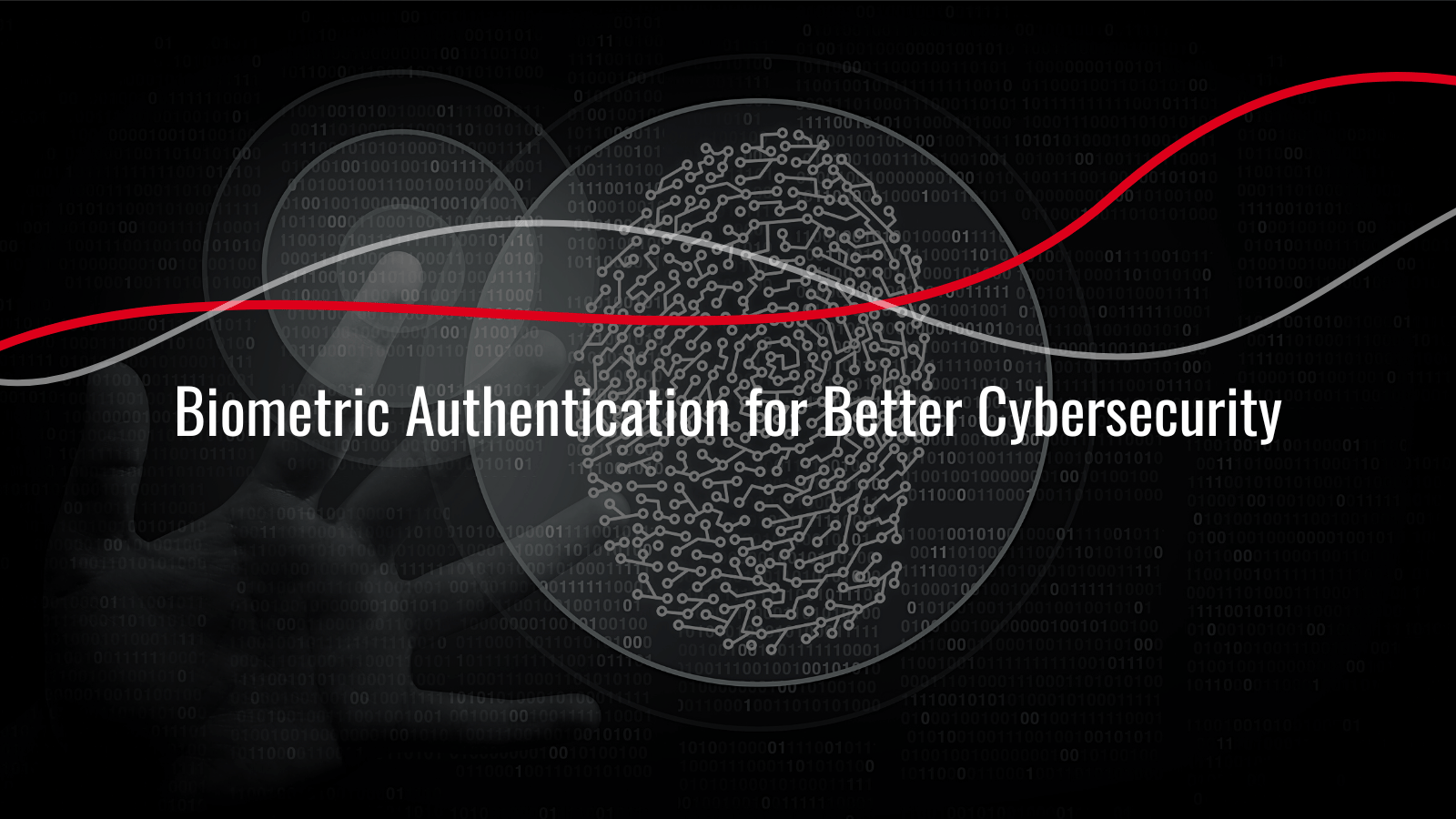Top Cybersecurity Newsletters for C-levels
Top cybersecurity newsletters for C-level executives.

Criminals' creativity in the ever-changing world of cybercrime never ceases to shock experts. Due to the increasing sophistication of cybercriminal techniques, it is crucial to employ innovative tools to fight against them. Biometric authentication has been recognized as an effective method of preventing malicious individuals from sneaking into someone’s confidential data. Such methods are likely to play a larger part in the future and even replace passwords entirely. This article depicts the significance of biometric authentication by outlining its many benefits and proposing a feasible blueprint for its application in cybersecurity.
Biometric authentication is a process that verifies one's identity by using their unique biological traits—such as fingerprints, voices, retinas, and facial features. In this process, the information in a person's biological traits (such as fingerprints) are compared to those held on the biometric database; if they match, the user is authorized to access the requested service.
Biometric authentication can be used more easily and securely to log in to a website or access an account. Not only does the use of biometric authentication help prevent identity theft, but it is also more reliable than using passwords—especially when safeguarding our valuable information.
Fingerprint scanning is the most prominent example of biometric authentication technologies available. Its unmatched pervasiveness is based on peoples’ confidence in its ability to effectively protect the most delicate components of electronic infrastructure. Touching the scanner and pressing the green button once initiates the identification process, while occasional aural or haptic prompts might require reiterating the fingerprint.
Eye recognition is one of the most complex biometric identification technologies to implement, and due to such complexity, it is still relatively unknown. Iris scanning requires several elements to be in place, including the use of specialized infrared lighting, the employment of an infrared-capable camera, and the near-total absence of ambient light. When all these conditions are met, eye recognition systems can provide a required level of reliability, making them a great option for deployment in the most demanding of environments, such as nuclear research facilities and other similarly sensitive locations.
Voice recognition technologies use individuals' distinctive vocal tones, pitches, and frequencies to verify their identities. This is the most used method of biometric authentication for call centers providing customer care (for example, online banking)
This technology recognizes an individual based on distinguishing aspects of their face. The user's face must be visible and in an area with adequate illumination for the device to perform facial recognition successfully. If their face is obscured or the lighting is bad, it may take a few tries to identify them successfully. Devices like laptops and smartphones are already using facial recognition algorithms, notwithstanding their imperfection.
Organizations can implement stricter security measures like biometric authentication. It is crucial to limit access to those who need it. The recorded biometric data also has the benefit of not being easily copied. For instance, only the data on the fingerprint's distinctive swirls are retained when using a fingerprint reader, not the fingerprint images themselves. This lessens the need to regularly change secure passwords and prevents potential security breaches.
It is extremely difficult to forge biometric data. The odds of having a fingerprint that matches someone else's are around 1 in 64 billion, making them difficult to copy and steal. Anything protected by biometrics is much more secure against hacking attempts.
Biometric access controls are not only useful for restricting entry but also for maintaining efficiency. Employee attendance can be tracked with fingerprint scanners. Compared to more conventional methods of timekeeping and management, this aids in keeping more accurate log sheets.
Compact fingerprint readers and other biometric systems have proven simple and expeditious plug-and-play. Amidst the breakneck speed at which enterprises expand their systems, devices, and products, it is increasingly valuable to possess authentication solutions that can be deployed instantaneously without incurring additional setup time.
Within healthcare, hospitals and other medical facilities place significant importance on biometric authentication, as it functions as an instrument for tracking patients, reducing uncertainty, and ensuring optimal outcomes. Through biometric identification techniques, medical providers safeguard confidential patient data, facilitating secure and seamless access to electronic health records around the clock.
Many forms of biometric information are used to verify identities. Fingerprints, facial features, iris scans, voice samples, and DNA are all used by state and federal agencies. The convenience and speed with which they can now access confidential data are enhanced. When comparing a fingerprint scan to a database of prints, law enforcement agencies typically employ the services of a human examiner. These days, it just takes a few minutes for an Automated Fingerprint Identification System (AFIS) to find a match in a database containing millions of fingerprints.
Biometric recognition strengthens existing security measures by creating an indisputable link between an individual and their profile in a database. Fingerprints, a facial scan, or even a voiceprint might all be used. The ability to prevent the use of multiple identities, biometric authentication is increasingly being adopted as a standard method of workplace security.